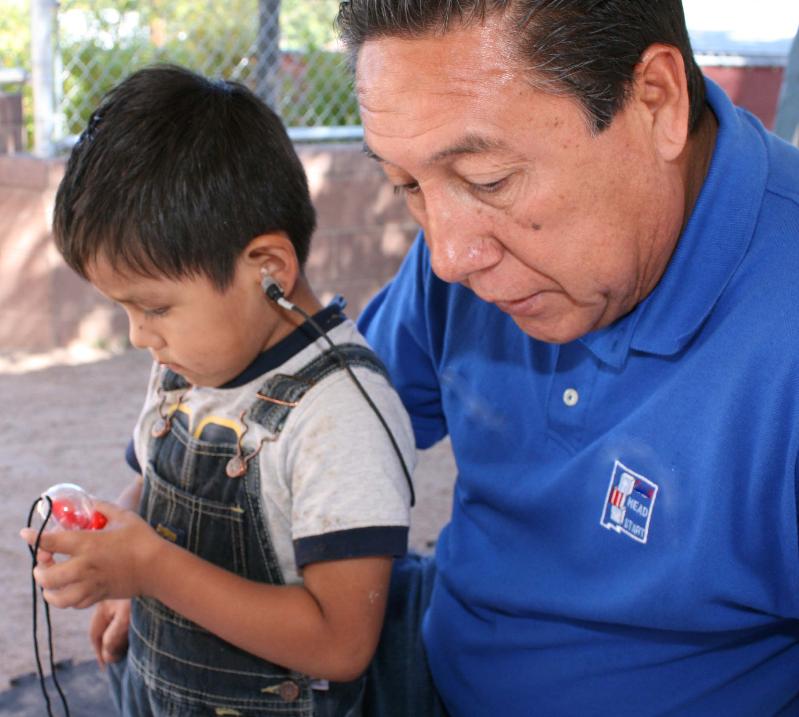April, 2011 Early Childhood Hearing Outreach (ECHO) Initiative
|
|
Look for ECHO Initiative workshops and presentations
at the Annual Head Start Conference starting April 4!
See below for details...
|
 |
Evaluate OAE Equipment Features Before You Buy
All OAE equipment does not work equally well when it comes to screening infants and toddlers; if you are purchasing a new piece of equipment, the best way to assess the utility of a particular unit is by actually using it to screen a number of young children and noting the ease of use and speed of screening. Specifically, prior to buying equipment, take a look at a new Equipment Comparison table available on our website and work with a local audiologist to:
- Arrange with equipment vendors/manufacturers to obtain several different brands of portable OAE equipment on loan for a short period of time.
- Become familiar with the equipment components, including the probe and probe covers, as well as the screening menu that allows the screener to begin and run the procedure.
- Select a number of young children of different ages (some who are very comfortable being screened, some who are not) and try to screen each child with each type of equipment. Vary the conditions under which the screening is conducted. Take notes on how easy/difficult it is to get a good probe fit and whether the probe will stay firmly seated in the ear canal even if the child is moving. Also pay attention to the speed with which the test runs when conditions are optimal (quiet child and environment) and when conditions are less than optimal (child is wiggling, a moderate amount of ambient noise is present in the environment created by other children talking and playing). It is extremely important to note that well-designed OAE screening equipment should allow you to screen in the child's natural environment. Very loud sounds, such as a child crying or manipulating a very noisy toy, may make it difficult/impossible to complete the screening, but in general, the sound of children talking or laughing nearby should not interfere significantly with being able to complete the test.
- Purchase a piece of screening equipment only when you feel satisfied that it is able to perform consistently under a variety of screening conditions and with a variety of children.
In addition to using the Equipment Comparison Table, other helpful resources for selecting appropriate OAE equipment include OAE Equipment Reviews and OAE Equipment Evaluation Criteria. We realize that the purchase of OAE equipment represents a significant investment for programs and we want to make it as easy as possible for you to be a smart consumer!
|
|

What screening equipment are you using and how satisfied are you with its performance?
e-mail us here
|